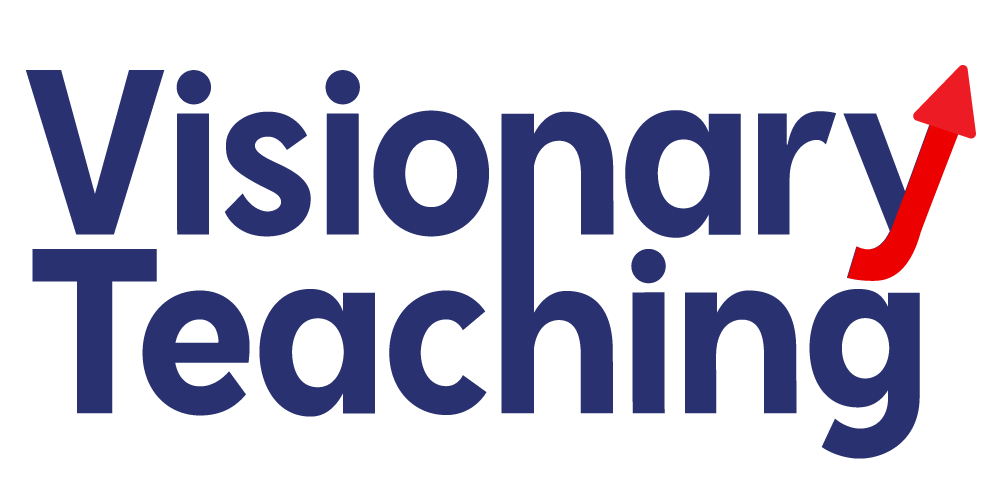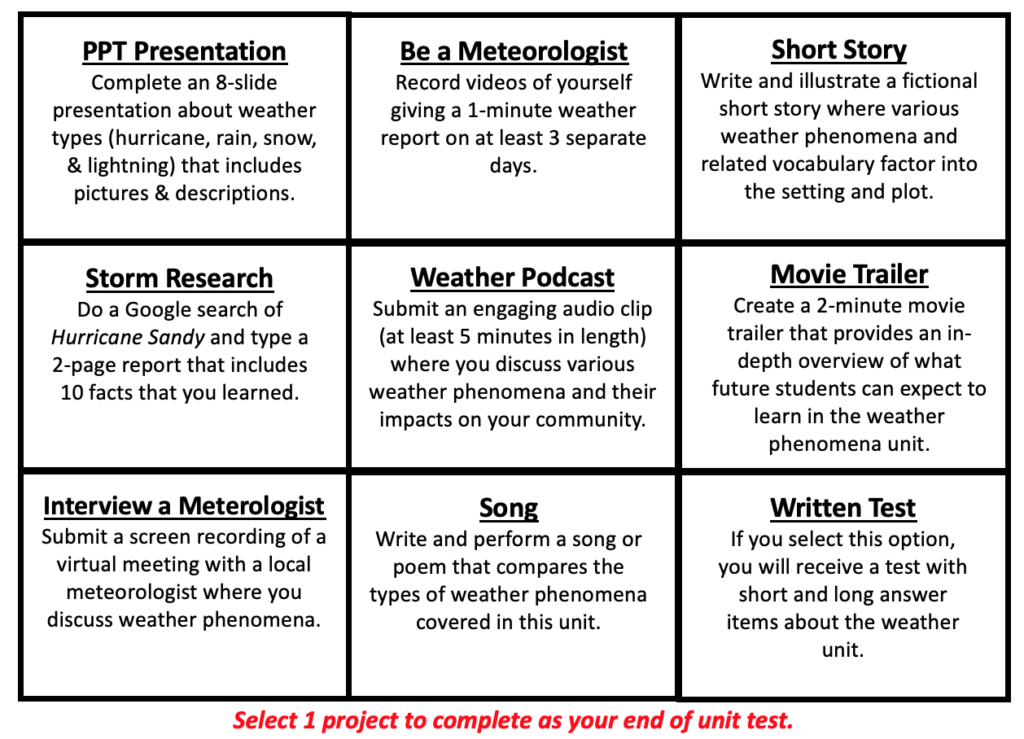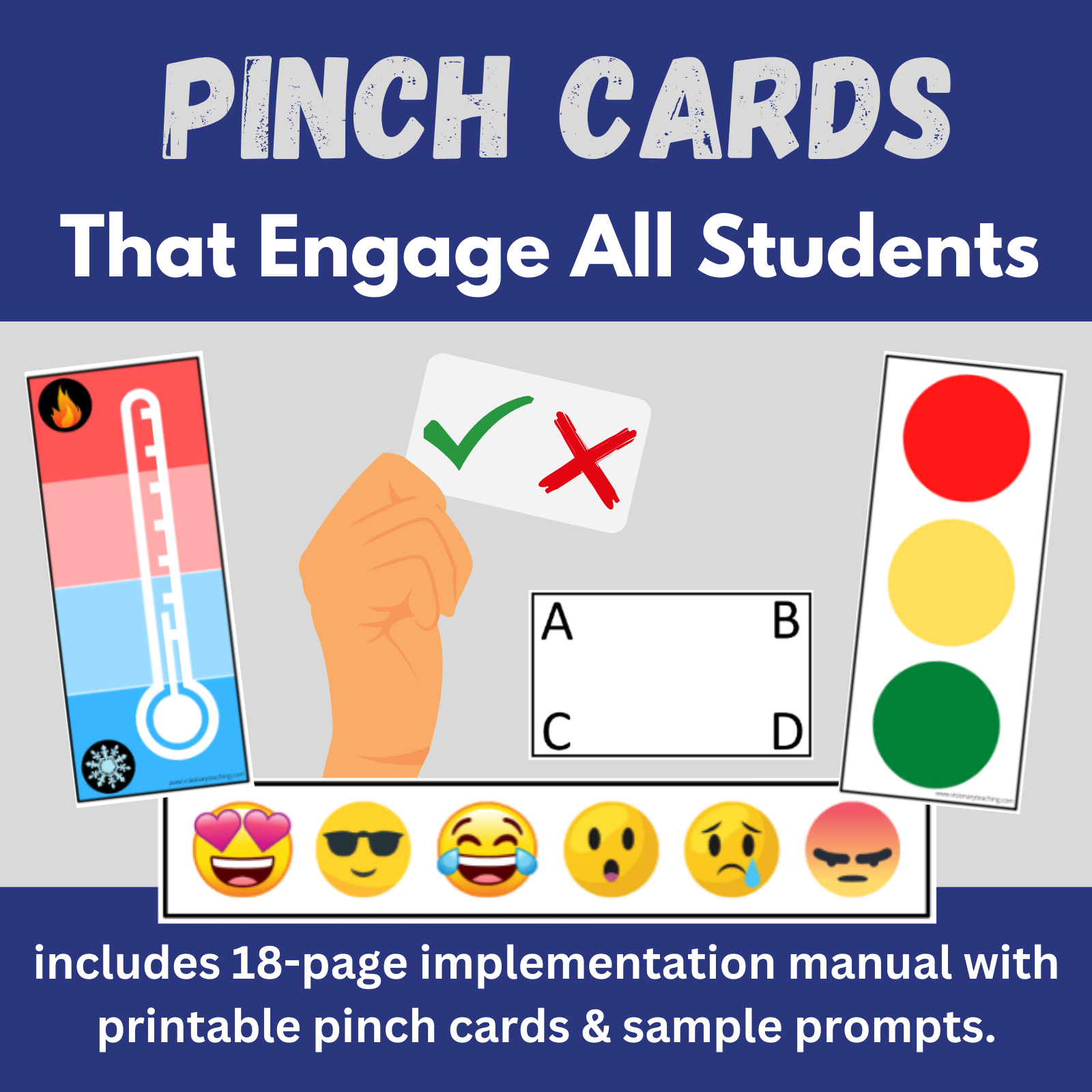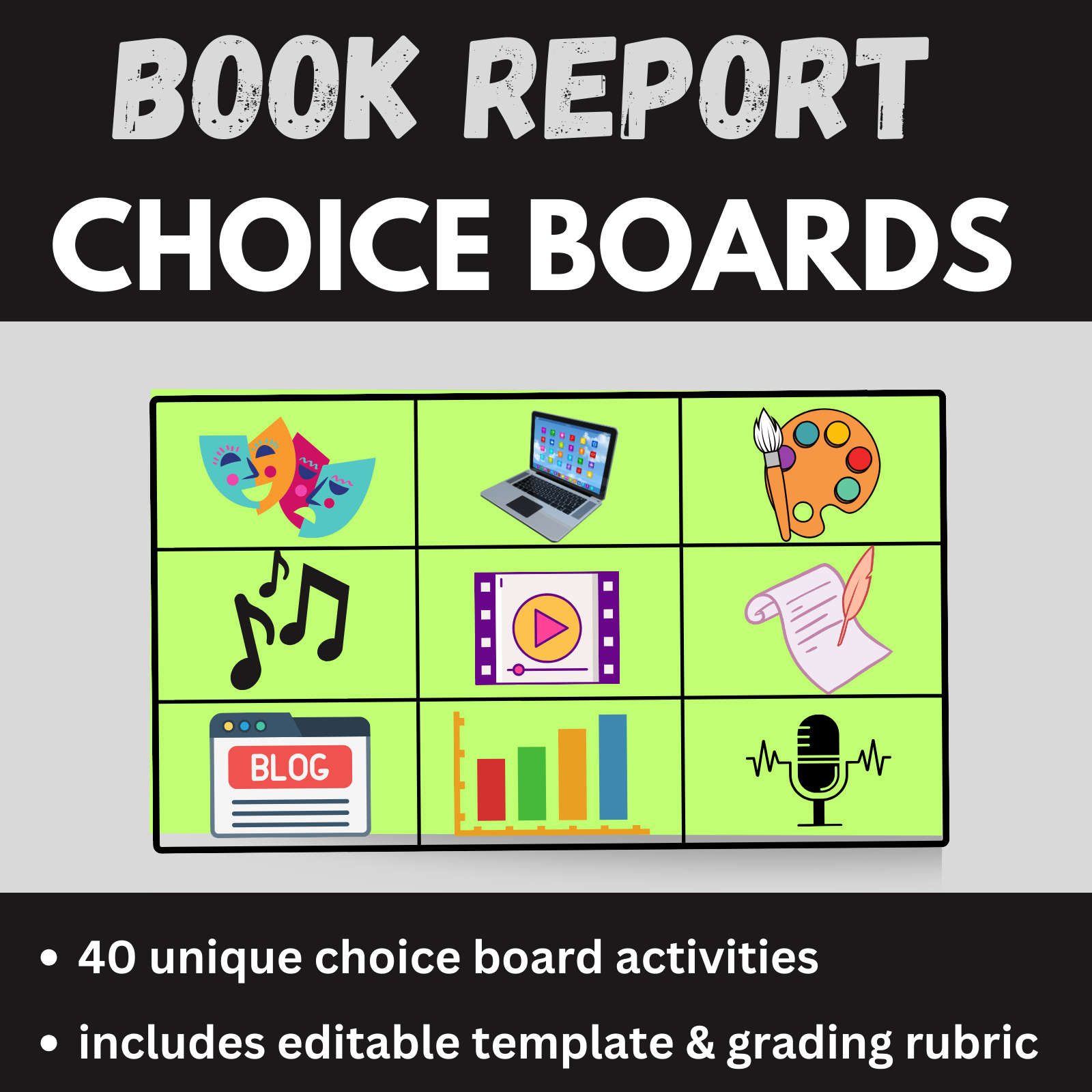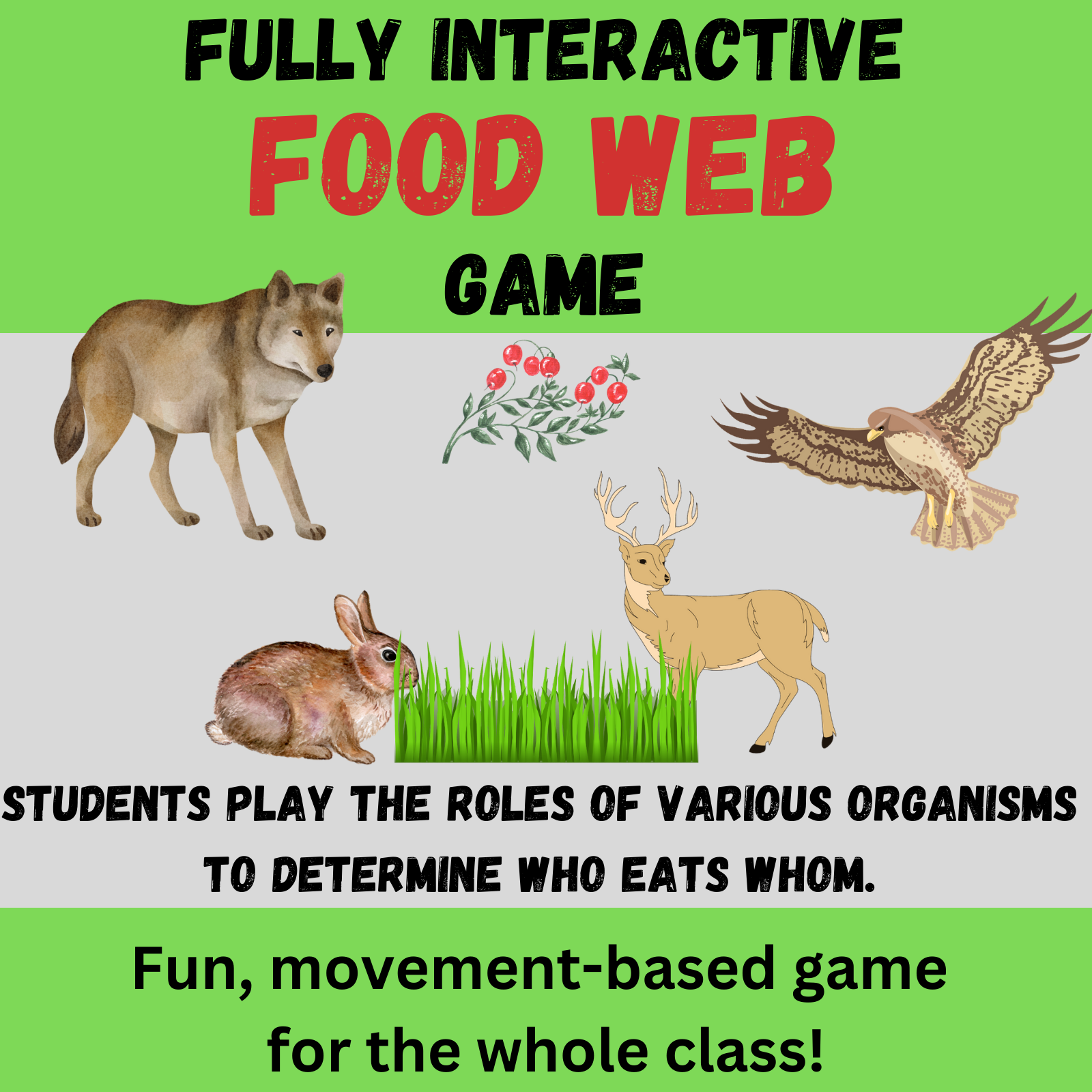
We hear a lot of well-meaning educators talk about the importance of students being on-task. Are they making eye contact while the teacher is speaking? Are their heads down and focused on their reading materials or worksheet? Are they being quiet?
Promoting on-task behavior may seem like an important skill, but there is the potential for negative consequences if we place our focus here. This is currently a hot button topic for special education teachers. A variety of contemporary research offers various labels for on-task behavior including compliance (Almarode & Miller, 2013) and passive listening (LaDage et al., 2018).
While the bulk of research around on-task behavior involves students with disabilities, I whole-heartedly believe that the findings can be generalized to all teachers and all students. A few questions to consider:
We must promote active engagement!
Active engagement is a high leverage practice that offers opportunities for students to be directly, and actively, involved in learning activities. Rather than relying on more passive models such as silent reading, watching a video, or listening to a lecture, teachers can promote more active learning opportunities including hands-on projects, peer teaching, and role-playing. In short, passive learning asks students to comply with teacher requests, while active learning asks students to apply what has been learned.
How can I ensure that my students are actively engaged?
A quick Google search will uncover a large number of ideas, but here are 3 wonderful strategies to consider:
A) Opportunities to Respond
The old model of a teacher asking a question and calling on a single student to respond should be left in the past. Opportunities to respond include any teacher behavior that solicits an active student response. The best Opportunities to respond elicit responses from the entire class. Offering a variety of opportunities to respond ensures that all students are actively engaged at all times during a lesson.
Consider these opportunities to actively engage your class:
- Choral Responses- Students respond orally and in unison.
- Gestures- Students respond with thumbs up/thumbs down or by holding up a certain number of fingers to indicate an answer.
- Whiteboards– Students write answers on small whiteboards and reveal answers in unison.
- Pinch Cards- Students respond by holding up cards that are designed for specific prompt types including agree/disagree and multiple choice.
B) Student Choice
When students have choice in how they interact with academic content, they are more likely to be actively engaged. Choice Boards are a phenomenal way to allow students to select from a pool of teacher-approved activities that can be used to teach or assess. Allowing student choice can foster engagement and interest, while also allowing students to identify and play to their personal strengths.
Below is an example of a student choice board for a science unit involving weather phenomena. You can find more examples in this previous post.
C) Decreasing Teacher Talk Time

Talking does not equal teaching! Yes, it our job to communicate new knowledge to our students, but one of the true arts of teaching is to facilitate opportunities where students discover and learn on their own.
As it is recommended that teacher talk time is no more than 40%-50% of a given lesson, it is important to build in student talk time. Offering opportunities for students to discuss open-ended questions or accomplish a problem solving task can be powerful. Try to keep your small group sizes small- typically no more than 5 students to a group. (The larger the group, the more likely it will be that some students do not participate.) This can easily be accomplished during virtual instruction by utilizing breakout rooms.
Be sure to have each group select a spokesperson who will share highlights of the small group discussion with whole class. This can easily become a popularity contest, so I like to give prompts to determine the spokesperson including. Example: Your group’s spokesperson will be the student who:
- lives nearest to the school.
- has the shortest hair.
- has the next birthday.
- is wearing the brightest shirt.
- has the shortest middle name.
